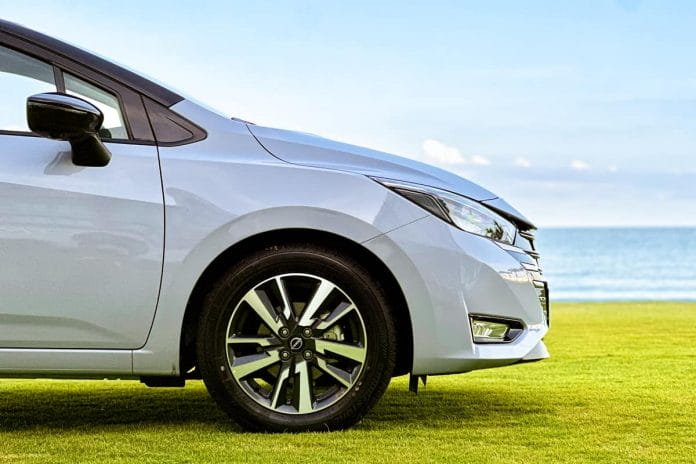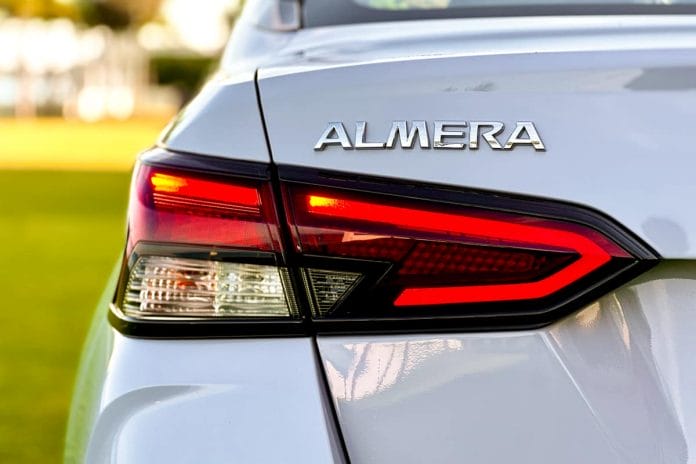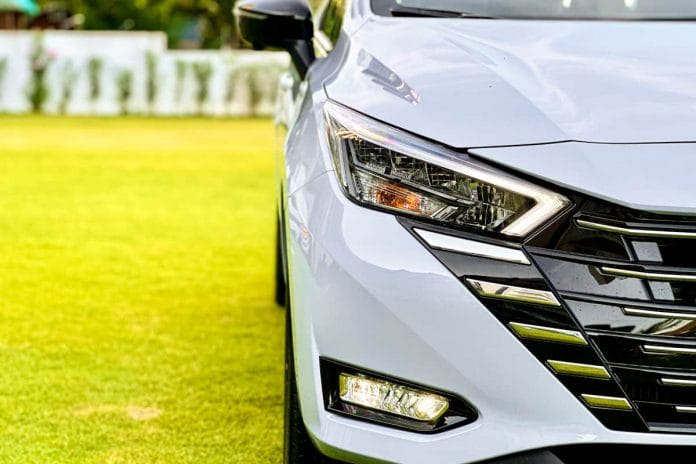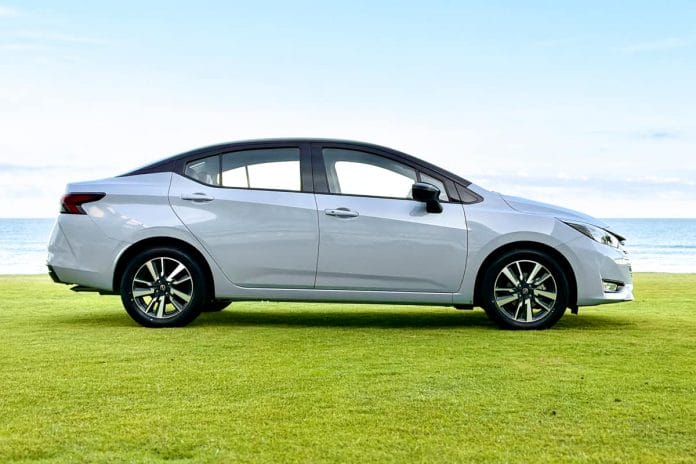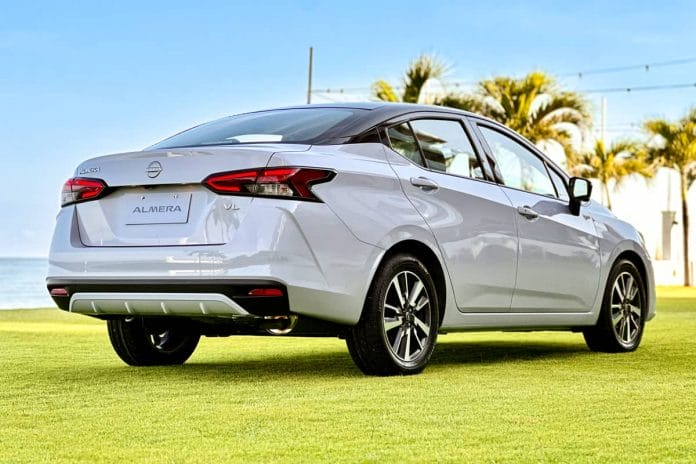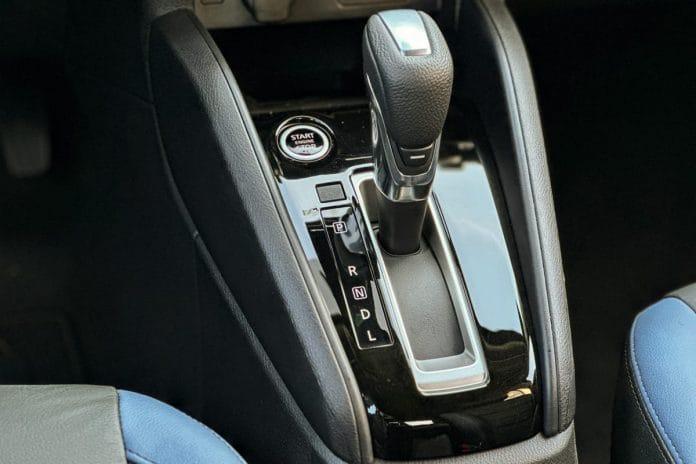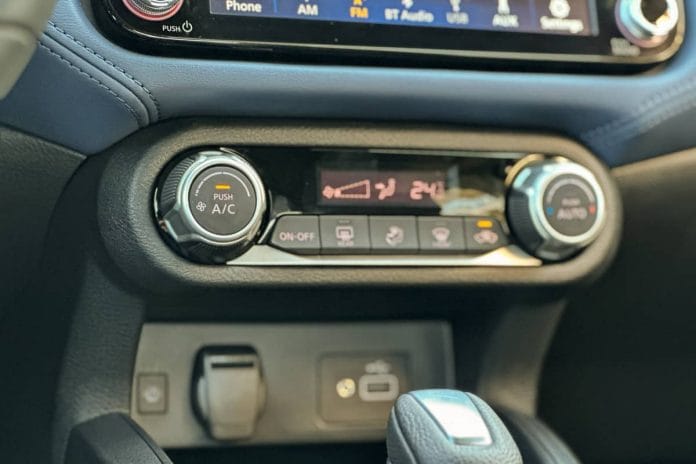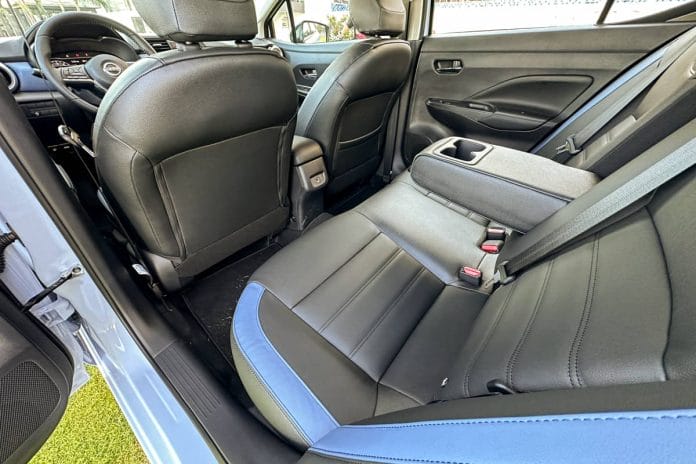Introduced in 2020, Nissan has already introduced a follow-up to its subcompact offering, the Almera. After all, the Philippines still loves its small sedans, shown by the extreme popularity of the Almera’s rival.
After its launch, Nissan PH didn’t waste time and brought the members of the media, including myself, on a long drive to La Union to give us a first-hand experience with the refreshed Almera. A fleet of 18 Almera VLs flagged off from Okada in the afternoon, covering daytime and nighttime drives.
The facelifted Nissan Almera has made notable improvements to its exterior, interior, technology, and safety features. While there are a few shortcomings, overall, the car offers good value for its price, especially with the inclusion of Nissan Connect Services.
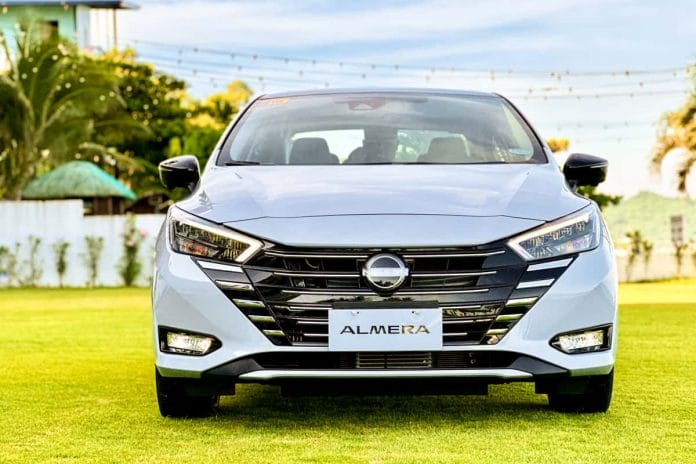
Starting with the exterior, the refreshed model may not look as impressive in person as in photos, particularly compared to the sportier SR variant available overseas. That’s mainly because of the abundance of chrome on the grille of the locally available models, which makes us wish that a “sport” variant eventually arrives for those who want a more athletic look.
However, the Almera VL maintains a sleek appearance, and the revised V-motion grille with the hidden V design is a fantastic and unique touch. The full LED lighting is as functional as they look great, and the rear end, with its sophisticated LED assembly, adds a touch of elegance not commonly found in subcompact sedans. The two-tone finish on the top-spec VL variant is also an excellent addition, and the new Moon Pearl Gray color you see here is particularly striking, adding a sense of uniqueness to the car.
The pre-facelift model’s white and red cabin theme has been replaced with blue trimmings, adding a fresh and modern look to the cabin. The use of leather in the interior feels premium and comparable to what you would find in more expensive cars.
The Almera has always been known for its generous cabin space, and the facelifted model continues to deliver in this regard. The front and back seats offer ample space, making it a comfortable choice for passengers. The range of adjustments available for the driver, such as the tilt/telescopic steering wheel and manual adjustment seats with height adjustment, allows for a personalized and comfortable driving experience. While rear blowers are missing, the A/C system performs well even in hot conditions.
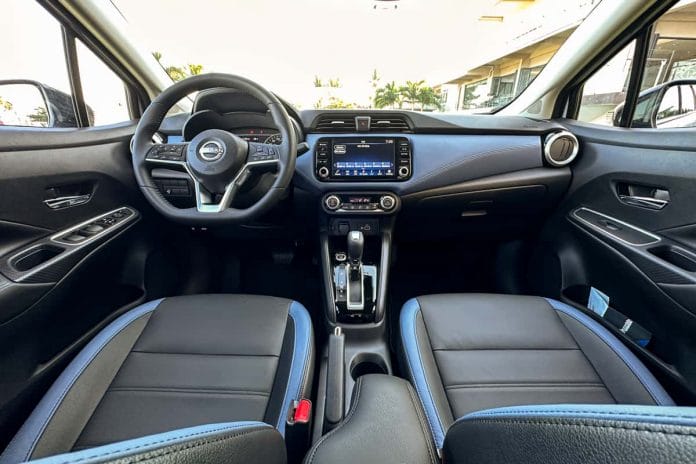
In terms of technology and safety features, the inclusion of cruise control in the VL variant is a welcome addition. Wireless charging is a convenient feature, although it would have been even better if paired with wireless Apple CarPlay and Android Auto, eliminating the need for cables. The Almera maintains its Nissan Intelligent Mobility features, including a 360-degree camera, blind spot monitoring, and lane departure warning. The inclusion of tire pressure monitoring at this price point is commendable.
However, the standout feature is the Nissan Connect Services, which utilizes an eSim to connect the car to the internet. The new feature allows for remote control functions through a smartphone, including locking/unlocking the vehicle, ignition control, and even emergency services. The system also provides vehicle data and various customizable alerts, making it particularly appealing to parents who want to monitor their child’s first car. The service is free for the first three years, adding value to the Almera.
Regarding driving experience, the Almera impresses with its light steering at slow speeds, making maneuvering effortless. The steering tightens up at high speeds, providing a confident and stable driving experience. The 99-hp turbocharged 1.0-liter 3-cylinder engine offers peppy and fast acceleration, although the peak 152Nm of torque arrives early, resulting in a maximum pull at lower RPMs. The only downside is the CVT, which may leave some feeling underwhelmed due to its power delivery.
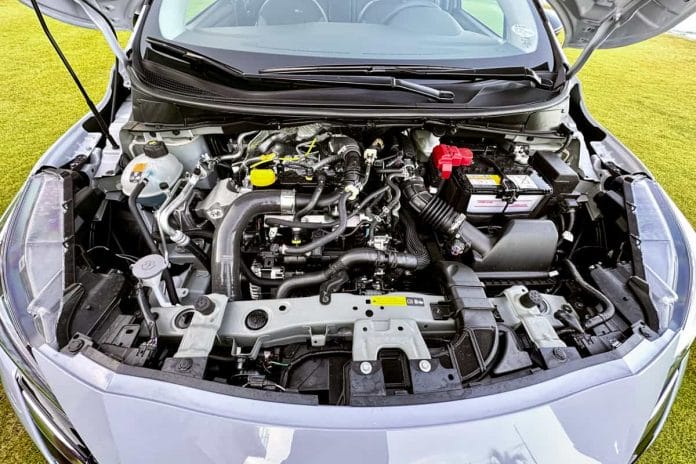
The ride comfort is decent, with the Almera absorbing impacts well. However, there is room for improvement in NVH insulation, as tire noise, especially with the Bridgestone Ecopia tires on the top-spec variant, can be noticeable at highway speeds, along with some wind noise.
In terms of fuel economy, the Almera delivers respectable numbers. During a drive from Okada to La Union, covering a total distance of 313 kilometers, the small sedan achieved a fuel efficiency of 15 km/L. It’s important to note that the drive was not focused on fuel conservation.
Based on my previous tests with the outgoing model, I expect the 2024 Almera to deliver similar fuel efficiency – 23 km/L at an average 90 km/h speed.
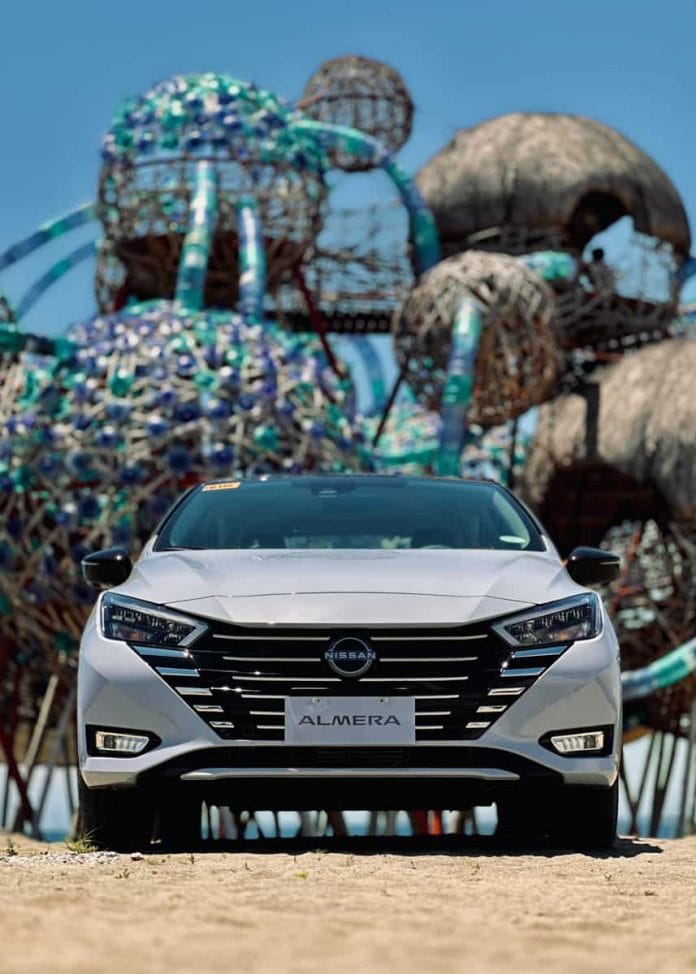
At P1,149,000 for the top-spec VL variant, the facelifted Nissan Almera offers a well-rounded package with improved exterior design, a comfortable and spacious interior, advanced technology and safety features, and respectable fuel economy.
While it does have some shortcomings, such as the CVT and the need for better NVH insulation, the inclusion of Nissan Connect Services adds significant value to the vehicle. This feature is particularly appealing for parents purchasing the Almera as their child’s first car, providing an added layer of security and convenience.
Considering the overall package and the inclusion of the Nissan Connect Services, the pricing seems justified, making the facelifted Almera a worthy – or maybe even the best – choice in its segment.


